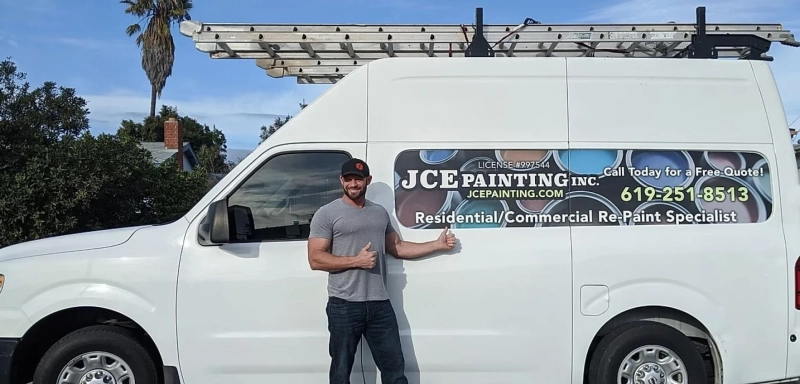When constructing a new house or renovating an existing one, the first things that come to most people's minds are the granite countertops, the sizeable square footage, and the number of windows in the updated area. Walls within the house are often overlooked, even though they are one of a house's most important structural components. Stucco and drywall are two of the most prevalent types of materials used to construct interior walls. You should not think much about stucco or drywall repair San Diego.
What Kind of Material Is Stucco?
Plaster made of cement that is put to walls and other surfaces inside and outside structures is what is meant by the term "traditional masonry stucco." It is composed of cement, sand, and lime, and after it is hardened, it transforms into a substance that is long-lasting and needs very little upkeep.
Stucco, much like more conventional types of ornamental plaster, maybe troweled, brushed, or otherwise textured in a number of various ways to provide a wide range of final effects. In most cases, stucco is put on top of a galvanized wire mesh referred to as lath. This allows the stucco to cling to the supporting framework better and makes the overall assembly sturdy. Stucco is often prepared on-site and put in three layers for maximum protection.
Stucco Coats
The traditional method of applying stucco, sometimes known as the "3-coat" method, involves using the scratch coat, the brown coat, and the finish coat in successively thinner applications over the lath.
The scratch coat is the first to be applied and is scratched into the metal lath to give a solid foundation for the subsequent two coatings. The scratch coat gets its name from the process of scarifying it, which involves using a tiny rake tool to produce a grooved pattern all over the surface.
The next step involves applying the second layer, the brown coat, and troweling it smoothly to provide an even surface for the final coat. The final coat, which creates the decorative finish on the wall surface, is applied at the end of the process.
What is drywall?
As opposed to plastering, the installation of drywall may be completed in a very short amount of time. The boards are trimmed down to conform to the contours of the walls. After that, they are fastened to the house's rough frame structure.
Following the installation of the boards, the corner bead is fastened to the corners to give them a straight edge. The joints, corners, and locations where the boards have been attached to the wall are taped using either paper or fiberglass mesh tape.
Following this step, the standard three coats of joint compound are applied. Sanding the wall between each coat helps to create a more even and smooth finish. After the third coat of paint was applied and allowed to dry, the wall was ready to be painted.
Drywall is a common material for constructing interior walls; nevertheless, despite its numerous benefits, it is not indestructible. Drywall is susceptible to damage from the shifting of the structure as well as accidents that occur in residence.
Popped nails or screws are a typical source of trouble. This occurs when the head of a nail or screw causes a bulge during the drywall repair or becomes visible through the drywall itself. You can go for the best drywall repair san diego.
If you are aware of the benefits and drawbacks of both plaster and drywall, you will be better equipped to choose the most suitable system for your way of life. JCE Painting has been recognized as one of the industry's leading painting firms for many years. They may paint the interiors and exteriors of business and residential structures respectively and you will find it to be the best when you search on the browser best stucco repair companies near me. Get in touch for more!
0


